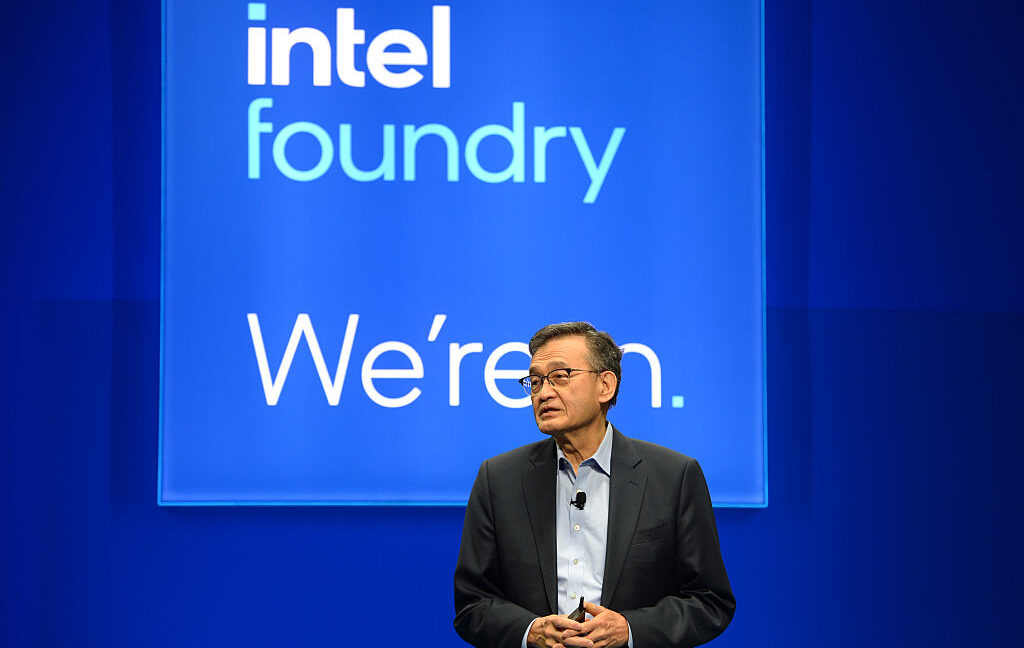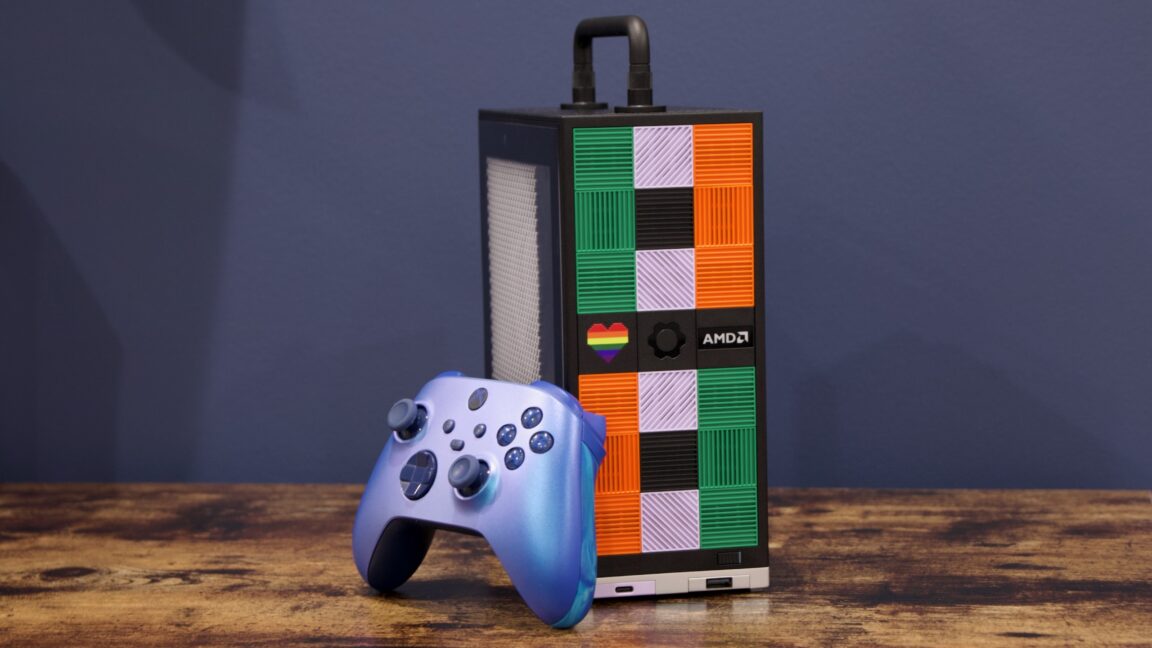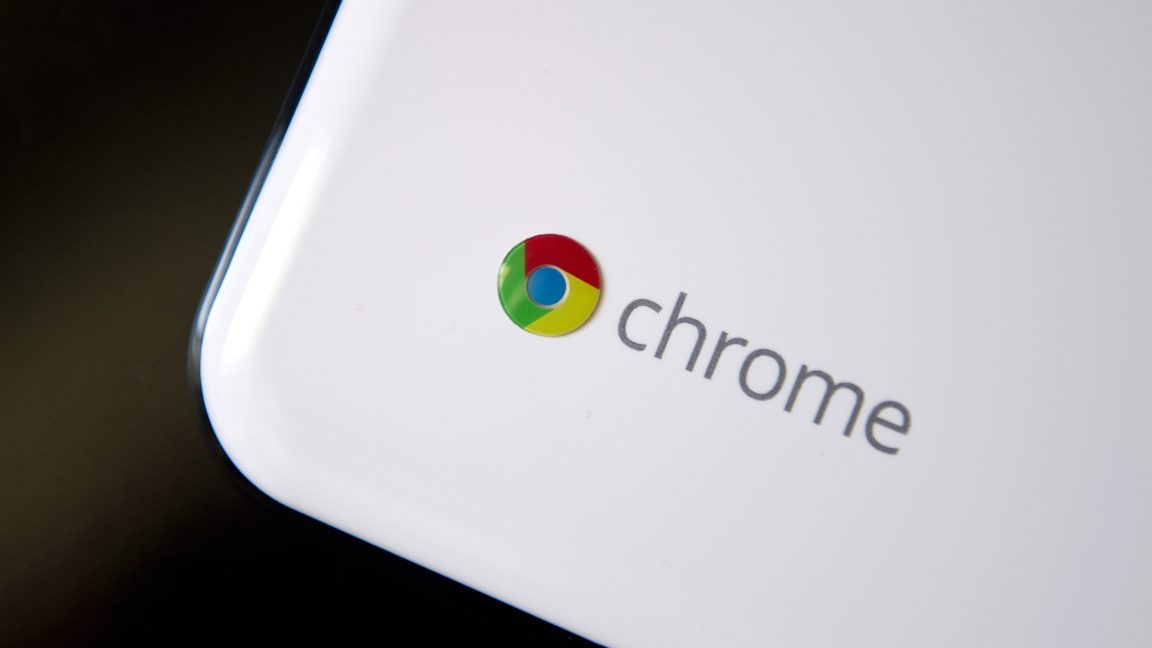AOL Bids Farewell to its Iconic Dial-Up Internet Service

In a move that marks the end of an era, AOL has officially announced the termination of its dial-up modem service, effective September 30, 2025. This significant decision nods to the historical importance the dial-up technology once held as the cornerstone for American Internet access throughout the 1990s and early 2000s.
The company communicated the shutdown timeline through a customer help message, confirming that dial-up Internet would no longer be a part of AOL's service offerings and plans. Notably, this shutdown will also lead to the retirement of the AOL Dialer software and AOL Shield browser, which were essential components designed to support the dial-up experience.
Launched in 1991 as 'America Online', AOL's dial-up service has roots tracing back to the Quantum Link days in 1985. In 1994, AOL began providing full Internet access, allowing users to browse the emerging World Wide Web, marking a massive expansion from merely accessing AOL-hosted content.
At its zenith in the early 2000s, AOL boasted over 25 million subscribers. However, the rising phase of broadband Internet led to a gradual decline in AOL’s user base. Yet, dial-up connections continue to serve approximately 175,000 American households, primarily in rural areas where broadband infrastructure is scarce or costly to implement.
Despite its obsolescence, dial-up has persisted as a viable connection option, underscoring the stark digital divide between urban areas with high-speed Internet and rural communities still dependent on technologies from the last millennium. This divide is accentuated by the difference in speed—a typical dial-up modem provides 0.056 Mbps, a snail's pace compared to modern fiber optics delivering 500 Mbps.
The iconic experience of initiating a dial-up connection—the clicks, static, beeps, and hisses as modems connected over phone lines—was once a daily ritual for millions. For AOL, maintaining these services likely became unsustainable due to declining utility and mounting operational costs.
Though a few niche providers still offer dial-up connections, AOL's decision to cease service represents an end of a significant chapter in Internet history—a chapter that introduced many to online communication through AOL Instant Messenger, chat rooms, and the iconic 'You’ve Got Mail' notifications.
The lingering question is how this shutdown will impact current dial-up users, given they now face limited alternatives. Satellite and cellular Internet options exist but often come at higher costs. Nonetheless, the discontinuation highlights the ongoing need to bridge the digital divide, ensuring all Americans can access modern, high-speed Internet.
The shutdown of AOL's dial-up service thus closes a pivotal chapter, reflecting broader movements towards more advanced, efficient technologies while also exposing the persistent gaps in Internet accessibility across the United States.



